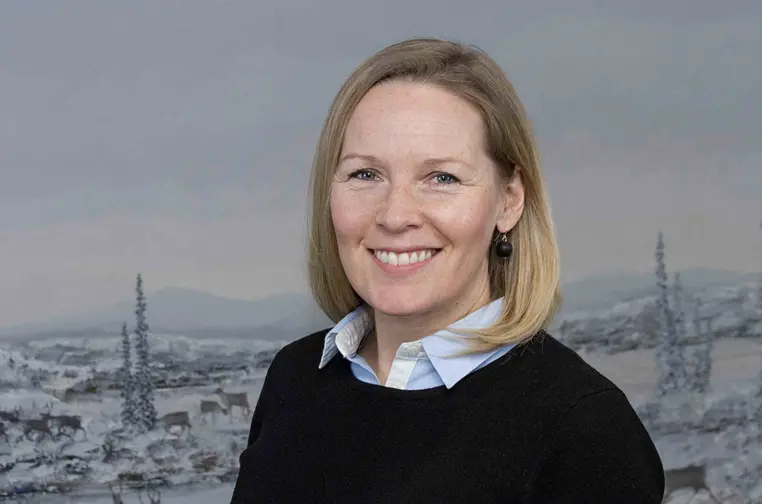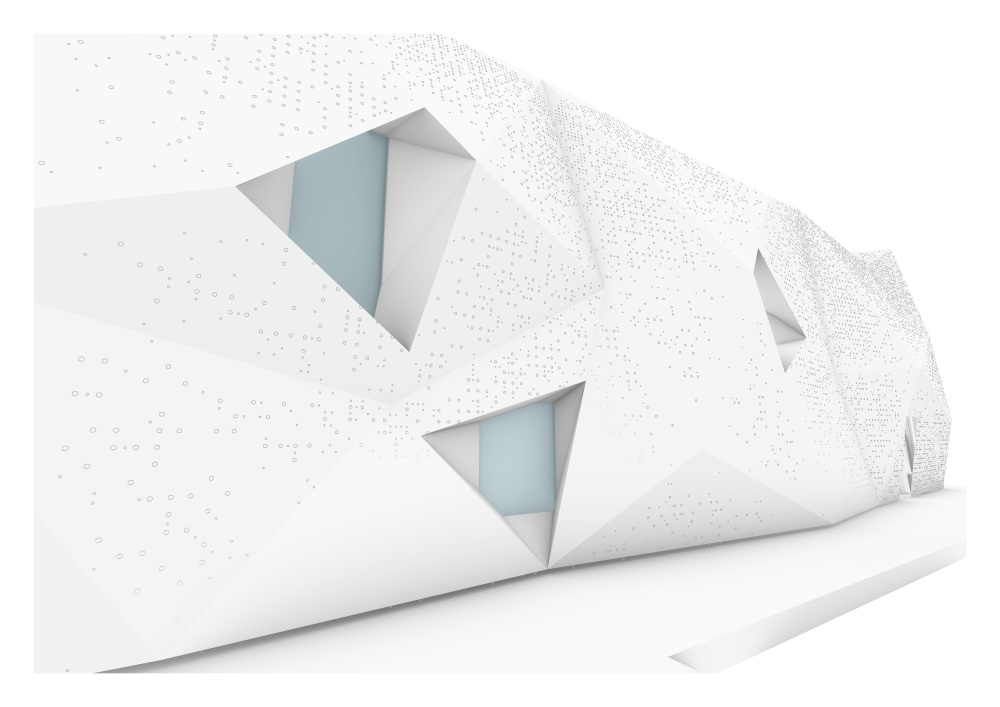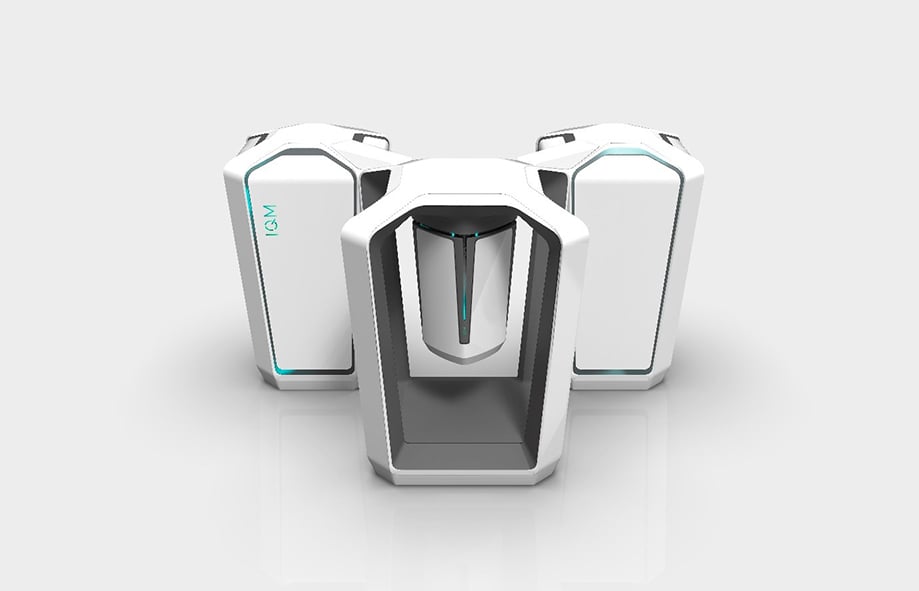Even supercomputers need some design love
Let’s face it: Large computing systems aren’t typically known for their overwhelming aesthetic appeal. Nevertheless, I’d like to argue that Finland is different in this regard. The country of Nokia and Linux is also the country of Alvar Aalto and Eero Saarinen. This marriage of engineering prowess and artistic sensibility is where it gets really interesting.
Blog 30.11.2020

"The purpose of architecture is to shelter and enhance man's life on earth and to fulfill his belief in the nobility of his existence"
- Eero Saarinen
 One of the world's mightiest supercomputers, LUMI, will lift European research and competitiveness to a new level and promotes green transition (copyright: Synopsis Architects Ltd)
One of the world's mightiest supercomputers, LUMI, will lift European research and competitiveness to a new level and promotes green transition (copyright: Synopsis Architects Ltd)
First, let’s check out the pre-exascale LUMI supercomputer, located in a former paper mill in Kajaani, Finland. Once LUMI goes operational in mid-2021, it will be in the supercomputers’ global TOP5. The computer takes up 150 m2 (1,615 sq ft) of the 6,000 m2 paper mill (64,583 sq ft), weighing 150,000 kg (330,000 lbs).
Mikael Haasmaa, CEO of Synopsis Architects Ltd, is the principal designer in the project. According to Haasmaa, the starting point in the LUMI project was to create a functional shield for the HPE Cray EX racks – and, at the same time, to entice a WOW effect for both the employees and visitors of the data center.
Inspiration for the visual design came from the northern location of Kajaani, as well as the Finnish word ‘lumi’ – meaning snow.
The snowflake-like structures and carefully planned illuminated perforations in the aluminum composite panels create a powerful visual effect, but they do require a meticulous design process to make it work. Therefore, Synopsis Architects invited Geometria Architecture Ltd to join the project.
Helsinki-based Geometria Architecture specializes in complex geometries that implement precision parametric 3D modelling and computational design. The company is known for creating proprietary algorithmic extensions to commercially available computational tools, hence being able to provide state-of-the-art “file to factory” working method.
"Beauty is the harmony of purpose and form"
- Alvar Aalto
From Northern Finland, we head south to the City of Espoo which is the home base for IQM, the European leader in superconducting quantum computers. While making its first commercial product, IQM was determined to deploy bold design language in the process.
IQM collaborated with a Finnish design firm Creocenter Oy which created 'Bright Future' design philosophy – and followed that throughout the entire design process, steering away from the often dark and ominous visuals attached to quantum computing.
Design Lead Jussi Ruohonen and Concept Designer Viljami Räisänen from Creocenter explain that it was very important to bring a unique look and feel to match IQM's business ambition. As the company's first tangible product, the design concept would lay the groundwork for the company's identity far into the future.
After several rounds of mood boards, 3D models, and conversations around this futuristic, complex system, the team found its unique design. A VR model, combined with the visual designs, convinced IQM's decision-makers that this design language was the way to go.
Jan Goetz, CEO of IQM, says that the mission of the company is to build world-leading quantum computers for the wellbeing of humankind now and in the future. According to Goetz, a design that makes quantum computers feel "human, simple and timeless" perfectly captures IQM's vision and where the company is heading.
"Commonplace things can be fascinating."
- Tove Jansson
From Espoo, it's a short trip to Helsinki, where we find the HQ of Planmeca, a leading manufacturer of dental equipment and software solutions. The company's products have won multiple design awards around the world – because design is very much in the DNA of this Finnish company as well.
"We cannot have unappealing products," declared Planmeca founder and CEO Heikki Kyöstilä already in 1971 – and this still holds true today. According to Planmeca's Industrial Design Manager Kari Malmén, the design team is involved in every step of the product development process. Planmeca perceives the designer to serve, in essence, as a representative of the user-to-be.
This means that using a medical device needs to be easy, safe, straightforward, and comfortable for both the medical professional and the patient. The user interface can be controlled by touch, voice, or foot – depending on the workflow. However, in medical care, it is crucial that the device produces the desired outcome every single time.
Looking at these three companies – Planmeca, LUMI, and IQM – it is clear that they represent the very best in Scandinavian design thinking: clean, timeless and functional form that delights both the users as well as observers.

